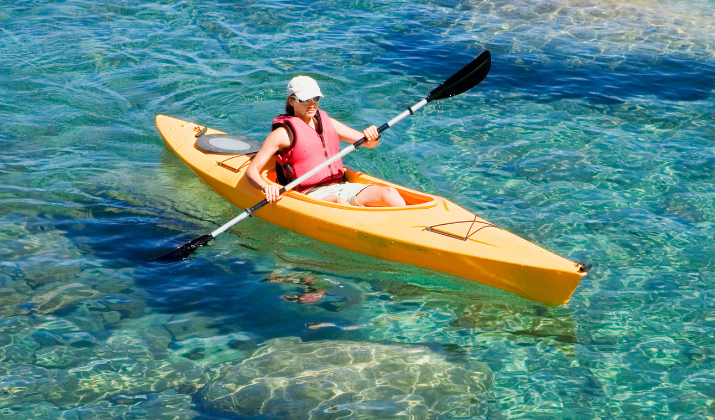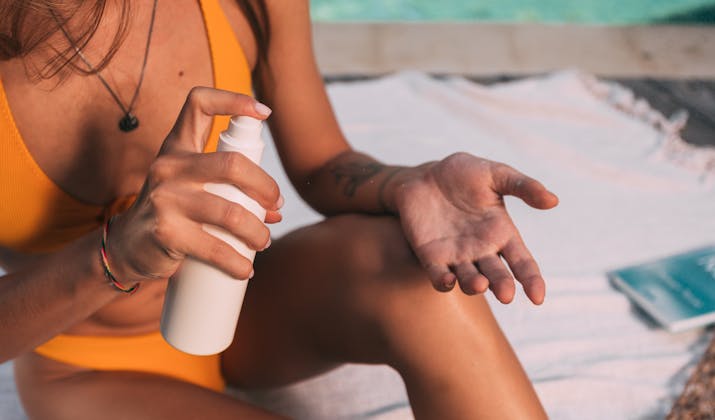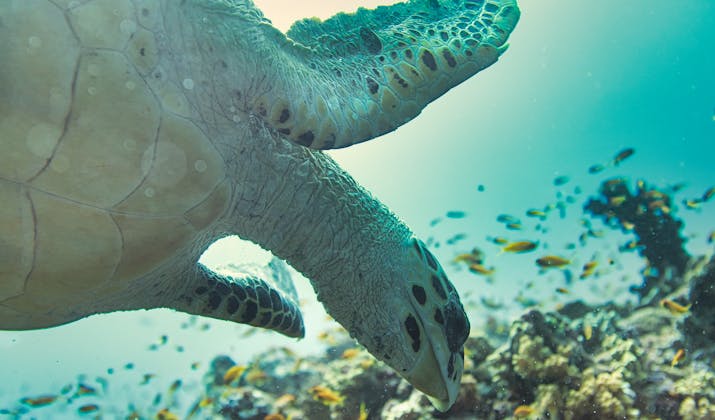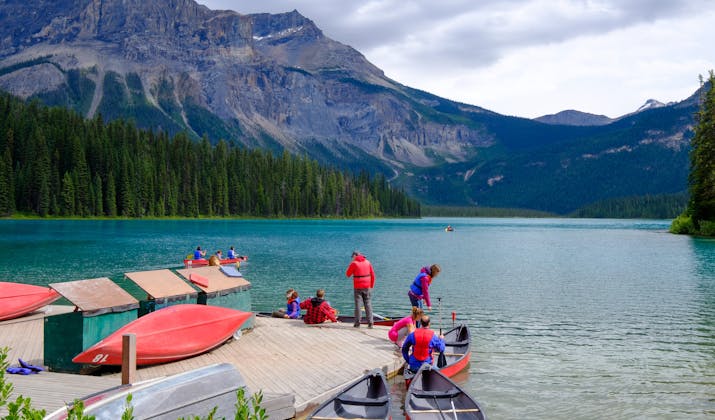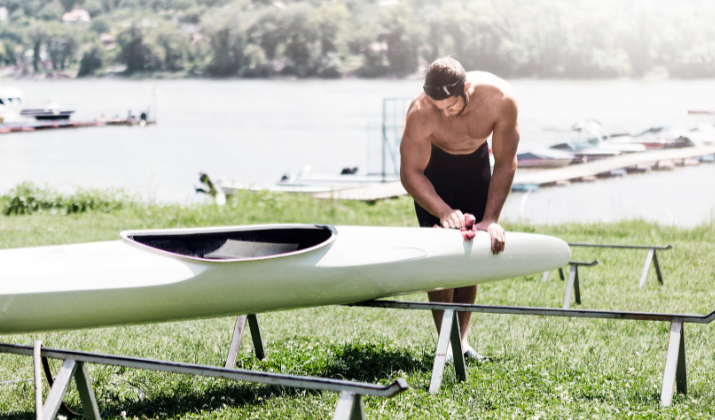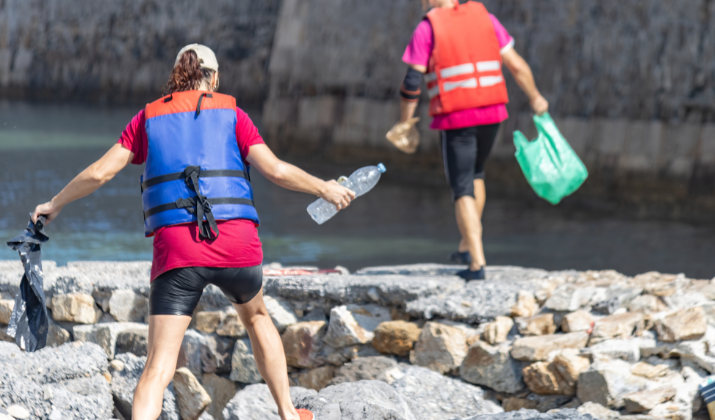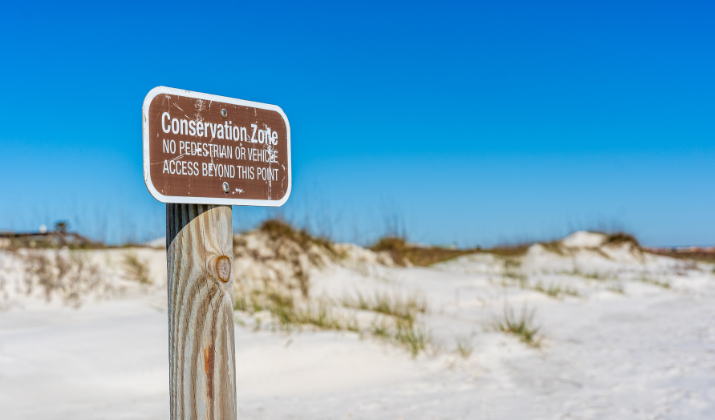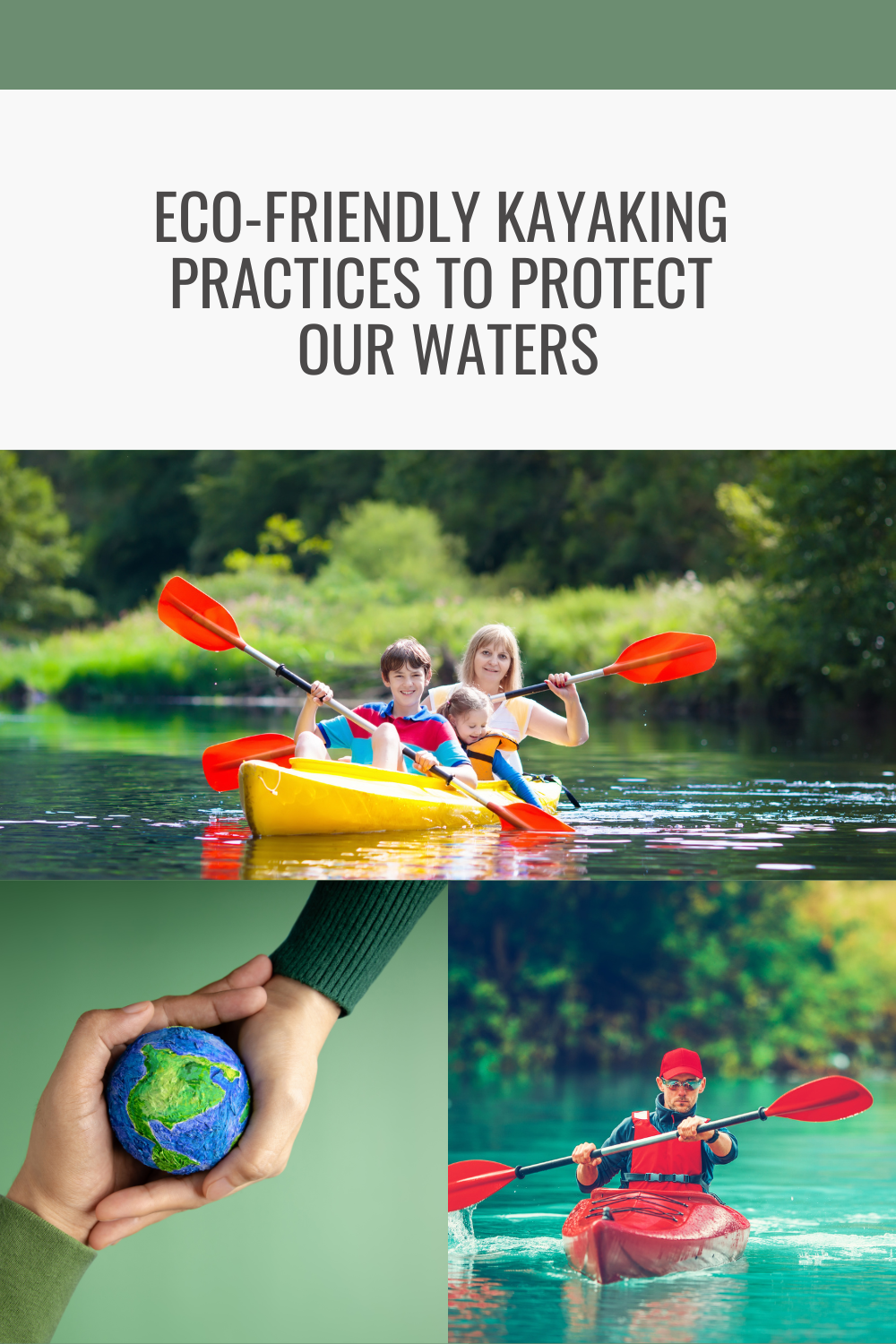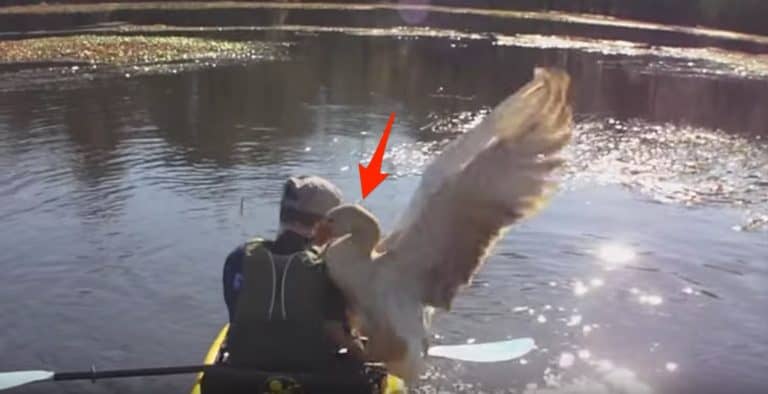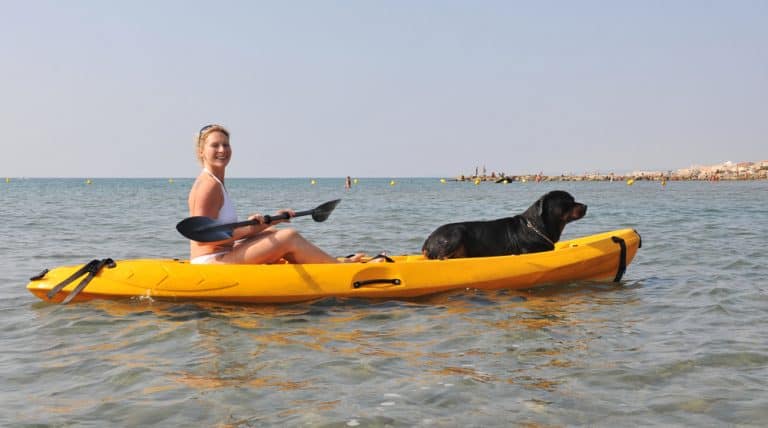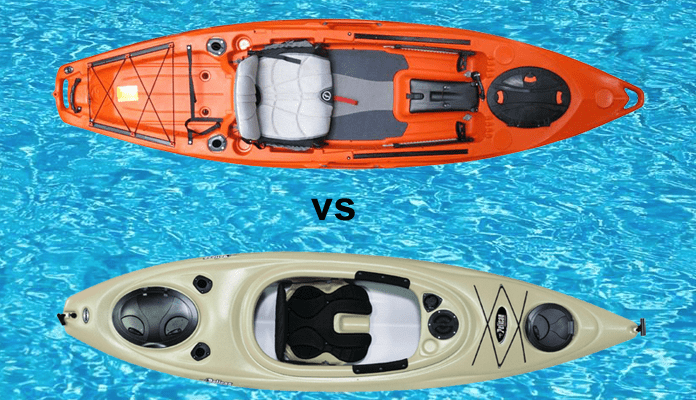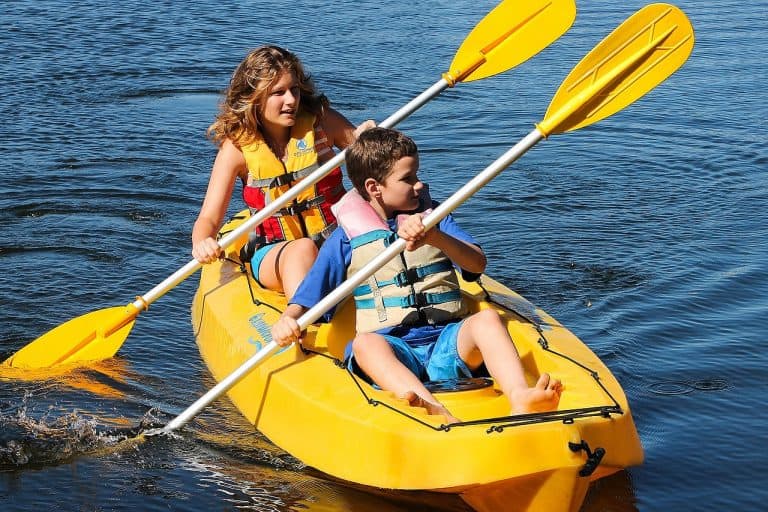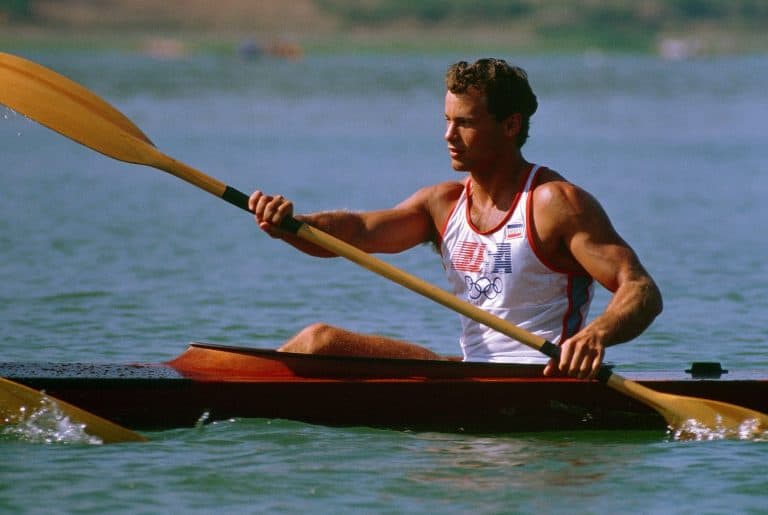As kayaking grows in popularity, it’s crucial to minimize our impact on the aquatic ecosystems we explore.
By adopting environmentally conscious practices, we can help preserve these waterways for future generations while enjoying our paddling adventures.
In this article, I’ll discuss some of the best kayaking practices that are not only eco-friendly but also inspire and teach our coming generations the significance of preserving natural resources.
Let’s learn about what we can do to protect our waters.
Eco-Friendly Kayaking Practices To Protect Our Waters
1. Use Reef-Safe Sunscreen
Chemical sunscreens release compounds that can harm aquatic life, particularly in coral reef environments. Opt for mineral-based sunscreens with zinc oxide or titanium dioxide as active ingredients.
These create a physical barrier on your skin rather than being absorbed, ensuring harmful chemicals don’t leach into the water.
Look for labels specifically stating “reef-safe” or “reef-friendly,” and apply sunscreen at least 15 minutes before entering the water to allow it to bind to your skin.
2. Pack It In, Pack It Out
Implement a zero-waste kayaking approach. Bring a designated dry bag specifically for trash collection, including a separate compartment for recyclables.
Even seemingly harmless items like apple cores or banana peels can take months to decompose and attract wildlife, disrupting their natural behaviors.
Consider bringing a small mesh bag to collect any trash you find floating in the water during your journey. This practice not only keeps our waterways clean but also prevents wildlife from mistaking trash for food.
3. Avoid Wildlife Disturbance
Learn to recognize signs of animal distress, such as birds taking flight or animals changing their behavior. As a rule of thumb, if an animal starts paying attention to you, you’re too close.
Keep a minimum distance of 100 yards from large marine mammals and 50 yards from other wildlife.
When kayaking in areas known for specific species, research their behaviors and sensitive periods, such as breeding seasons, to avoid causing undue stress. Use a zoom lens or binoculars for wildlife photography instead of pursuing close encounters.
4. Clean Your Kayak Between Waterways
Develop a thorough cleaning routine: spray down your kayak with hot water (140°F if possible) or a mixture of vinegar and water to kill potential invasive species.
Pay special attention to crevices, scupper holes, and your paddle. Dry everything completely for at least 48 hours before entering a different body of water.
Invasive species like zebra mussels or hydrilla can cling to your equipment and, when introduced to new environments, can outcompete native species and alter entire ecosystems.
5. Stay on Designated Launch Sites
Research and map out appropriate access points before your trip. Many waterways have specific launch areas designed to minimize impact on shorelines and wildlife.
If you must traverse a beach or shoreline to reach your launch point, carry your kayak rather than dragging it to prevent erosion and damage to vegetation.
Look for hard or rocky surfaces when possible, and avoid launching from areas with visible vegetation or nesting sites.
6. Choose Eco-Friendly Gear
When purchasing equipment, research brands committed to sustainable practices.
Look for kayaks made from recycled plastics or sustainable materials like hemp fabric for life jackets.
Consider the longevity of products – sometimes investing in higher-quality gear that lasts longer is more eco-friendly than cheaper, frequently replaced alternatives.
For accessories, choose items like dry bags made from recycled materials, biodegradable soap if needed, and reusable water containers instead of disposable bottles.
7. Use Non-Toxic Cleaning Products
Create your own cleaning solution using one part white vinegar to three parts water for regular maintenance.
For tough stains or salt residue, make a paste with baking soda and water.
These natural cleaners are just as effective as commercial products but won’t harm aquatic life when residue eventually enters the water.
Always clean your kayak away from the water source, allowing cleaning agents to be absorbed by soil rather than running directly into waterways.
8. Practice “Leave No Trace” Photography
Embrace a “shoot and leave” philosophy. Before taking photos, scan the area to ensure you won’t damage plants or disturb wildlife to get the perfect shot.
If you find a great location, share its beauty through photos but consider whether revealing its exact location might lead to overcrowding.
Use your photography to document environmental concerns you encounter, such as pollution or habitat degradation, and share these with relevant conservation organizations.
9. Support Local Conservation Efforts
Research and connect with water conservation groups in areas where you frequently kayak.
Many organizations offer training to become a citizen scientist, allowing you to contribute valuable data about water quality, wildlife sightings, or invasive species during your kayaking trips.
Participate in annual river or lake cleanup events, or organize your own with fellow kayakers.
Consider allocating a portion of your kayaking budget to supporting these organizations financially.
10. Educate Fellow Kayakers
Develop a positive approach to sharing knowledge. Instead of criticizing poor practices, offer helpful suggestions and explain the reasoning behind eco-friendly alternatives.
Create a small guide of best practices to share with newcomers to the sport.
If you’re part of a kayaking group or club, propose implementing an eco-friendly certification or recognition program to encourage sustainable practices among members.
Conclusion
Kayakers can significantly reduce their environmental footprint while enjoying the serenity and beauty of our waterways. All they need to do is to take care is of these simple practices.
Remember, every paddle stroke can either harm or help our aquatic ecosystems – the choice is yours.
As responsible outdoor enthusiasts, let’s ensure our passion for kayaking contributes to the preservation of these precious water resources for generations to come.
Through mindful practices and continuous education, we can also create a community of environmentally conscious kayakers who serve as stewards of our aquatic environments.

